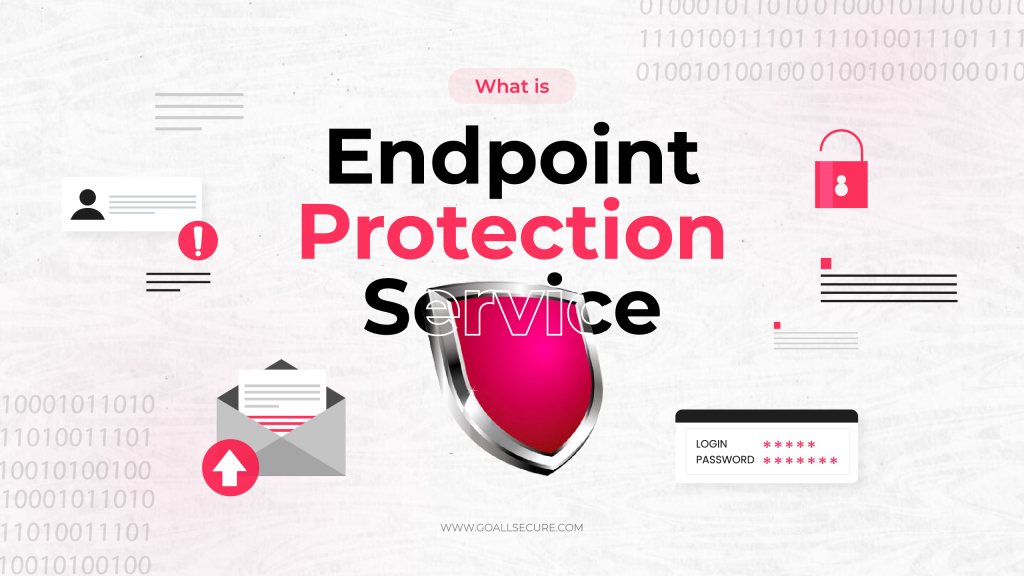As cyber attacks and data breaches become more frequent in today’s digital world, it is essential to protect the security and privacy of sensitive data. This is where cyber security regulatory compliance steps in. In this blog post, we will delve into the need, significance, and essential details of cyber security regulatory compliance.
Regulatory compliance in cyber security refers to the set of rules, standards, and guidelines that organisations must adhere to ensure the security and privacy of their digital assets and data. These regulations are designed to protect sensitive information, prevent data breaches, and mitigate cyber threats. They are essential because they provide a standard for Cyber security procedures, promote consumer confidence, and frequently have legal repercussions for noncompliance. You can think of them as the laws of the digital world.
In essence, both Cyber security compliance and legal regulations work together to create a comprehensive protective environment. While compliance frameworks offer best practices and guidelines, legal regulations give them legal weight and enforceability. To achieve effective protection, organisations and individuals alike need to recognise the importance of adhering to these rules and ensuring the safety and security of digital systems, data, and user privacy.
Why Is There a Need for Regulatory Compliance in Cyber Security?
The increasing frequency and severity of cyberattacks have exposed vulnerabilities in various industries, from healthcare to finance to e-commerce. As a response to these challenges, regulatory bodies have introduced a slew of rules and standards aimed at safeguarding digital assets and customer data. The need for compliance arises from several factors:
- To Ensure Data Protection
With the proliferation of personal and sensitive data being collected and stored electronically, the risk of data breaches is higher than ever. Regulatory compliance ensures that organisations adopt measures to protect this data from unauthorised access and cyberattacks.
- To Build and Retain Consumer Trust
Compliance with cyber security regulations builds trust among customers and clients. When individuals know their data is being handled according to established standards, they are more likely to engage with businesses and share their information.
- To Strengthen Risk management
Cyber security compliance also acts as a risk management system that enables data protection, activity monitoring, network infrastructure safety, and security policies for authorisation. These security guidelines include a list of specifications for gathering, managing, storing, and distributing sensitive data.
- To Avoid Legal Consequences
Non-compliance can lead to severe legal and financial repercussions. Organisations failing to meet regulatory requirements can face fines, penalties, and legal action, damaging their reputation and bottom line.
- To Ensure Smooth Global Operations
In an interconnected world, businesses often operate across borders. Many regulations have extraterritorial reach, requiring organisations to comply even if they operate outside the regulation’s originating jurisdiction.
What Are the Major Cyber Security Regulatory Compliances?
Your company’s cyber security compliance programme will be unique and heavily influenced by the kinds of data you handle and the regulatory standards that apply to the particular industry you operate in.
There may be several standards that govern how you conduct business and store data, but you should always look into the regulatory compliance requirements that specifically affect your industry or place of business. Many businesses require outside assistance to comprehend the business processes that must be implemented as well as the regulatory compliance standards that affect them.
The following are some of the main compliance standards that may apply to your organisation:
- PCI DSS
- GDPR
- NIST
- SSAE-16
- AT-101
- FedRAMP
- Sarbanes-Oxley (SOX)
- ISO (International Organisation for Standardisation)
- Privacy Shield (replaced US-EU Safe Harbor)
- HIPAA/HITECH
- COBIT
- CCPA
What Types of Data Are Subject to Cyber Security Compliance?
The main emphasis of cyber security and data protection regulations is to protect sensitive and valuable data. The kinds of data your organisation retains and uses will determine how valuable that data is to potential hackers and how disastrous a data breach could be for your business.
Three types of data are generally what cyber security compliance is concerned with:
- Personally Identifiable Information (PII)
- Personal Health Information (PHI)
- Financial Information
Other sensitive information that is governed by regional, national, and industry rules includes:
- Race
- Religion
- Marital status
- Login information
- IP addresses
- Email addresses, passwords, and usernames
- Biometric data (like fingerprints, voice prints, or facial recognition)
How to Navigate Compliance: Essential Details
Finding the regulatory compliances that govern your company and manage your operations is a time-consuming and difficult procedure. If you don’t have the internal resources to point you in the right direction, it normally requires outside assistance. To make sure that your company complies with regulatory regulations, here are a few ways you can start using compliance strategies:
- Identify Applicable Regulations
Understand the regulations that apply to your industry and location. Examples include GDPR for the European Union, CCPA for California, and NIST Cyber Security Framework for general guidelines.
- Create a Risk Assessment Process
Conduct thorough risk assessments to identify vulnerabilities and gaps in your current cyber security practices.
- Policy and Procedure Development
Create robust cyber security policies and procedures aligned with regulatory requirements. These should cover areas like data protection, access controls, and incident response.
- Technology Implementation
Deploy cyber security technologies such as firewalls, encryption, and intrusion detection systems to safeguard sensitive data and systems.
- Employee Training
Regularly educate employees about cyber security best practices and their role in maintaining compliance.
- Documentation
Maintain detailed records of your compliance efforts, including policies, assessments, audits, and incident response plans.
- Audits and Reviews
Conduct regular audits to evaluate the effectiveness of your cyber security measures and ensure ongoing compliance.
In conclusion
Cyber security compliance establishes standards for data protection, breach reporting, and user privacy. However, for these protections to be effective, both organisations and individuals must uphold these standards. A collective commitment to compliance creates a safer digital environment for everyone, reducing vulnerabilities and potential cyber threats.
Cyber security regulatory compliance is not just a legal obligation but a strategic imperative. By adhering to these regulations, organisations can protect sensitive data, bolster consumer trust, fortify their defences against cyber threats, and ensure accountability. As the cyber security landscape evolves, staying compliant remains a continuous journey that demands vigilance, adaptability, and a commitment to safeguarding digital ecosystems.
Remember, each industry and regulation may have its own nuances, so you will have to tailor your compliance efforts accordingly. By doing so, you not only fulfil legal requirements but also contribute to a more secure and resilient digital world. GoAllSecure can help keep your business’s security compliant. We can handle all your cyber-security-related issues, giving you plenty of time and a relaxed mindset to work and grow. For more information about us, kindly visit us at https://www.goallsecure.com/ or call on +91 85 2723 7851 or +44 20 3290 4885.

















 TRAVEL & HOSPITALITY
TRAVEL & HOSPITALITY HEALTHCARE
HEALTHCARE RETAILS & ECOMMERCE
RETAILS & ECOMMERCE BANKING & FINANCIAL
BANKING & FINANCIAL AutoMobile
AutoMobile MANUFACTURING
MANUFACTURING FOOD
FOOD EDUCATION
EDUCATION



